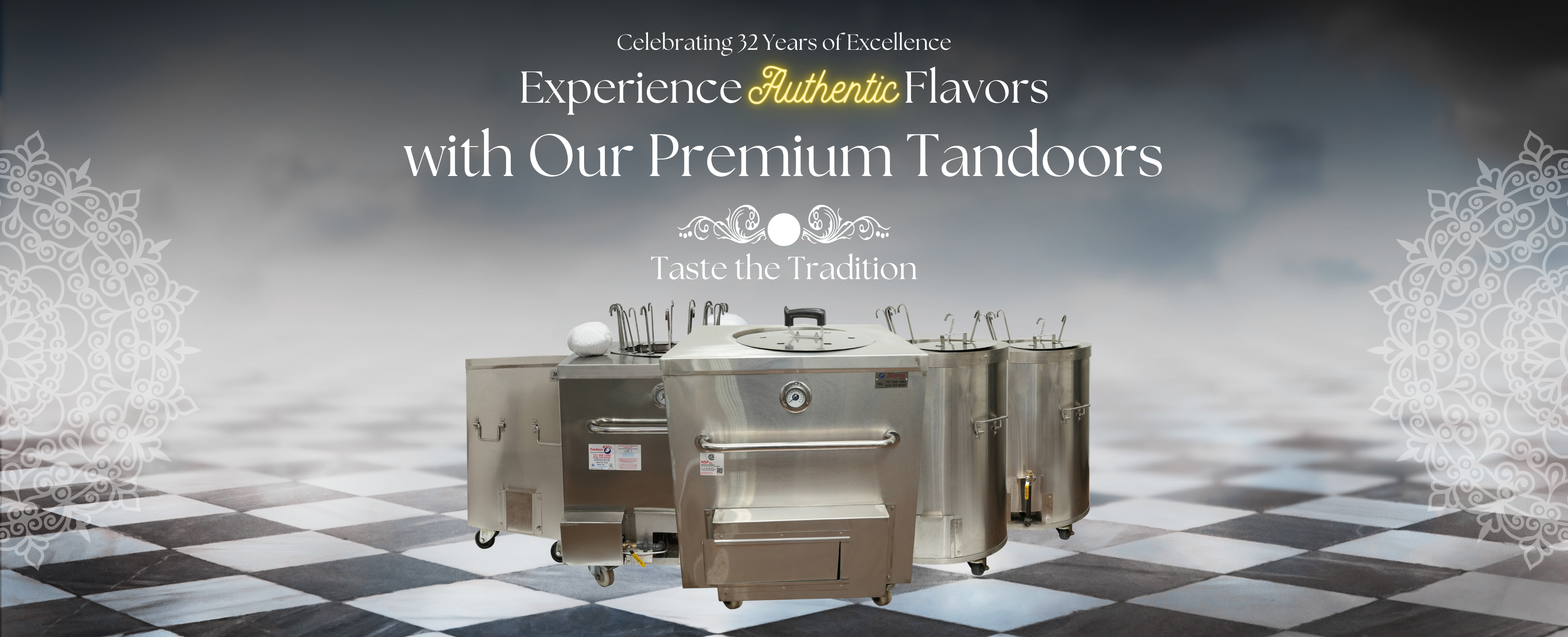Our Featured Tandoors
Handcrafted for authenticity. Engineered for performance. Discover the perfect centrepiece for your culinary creations.
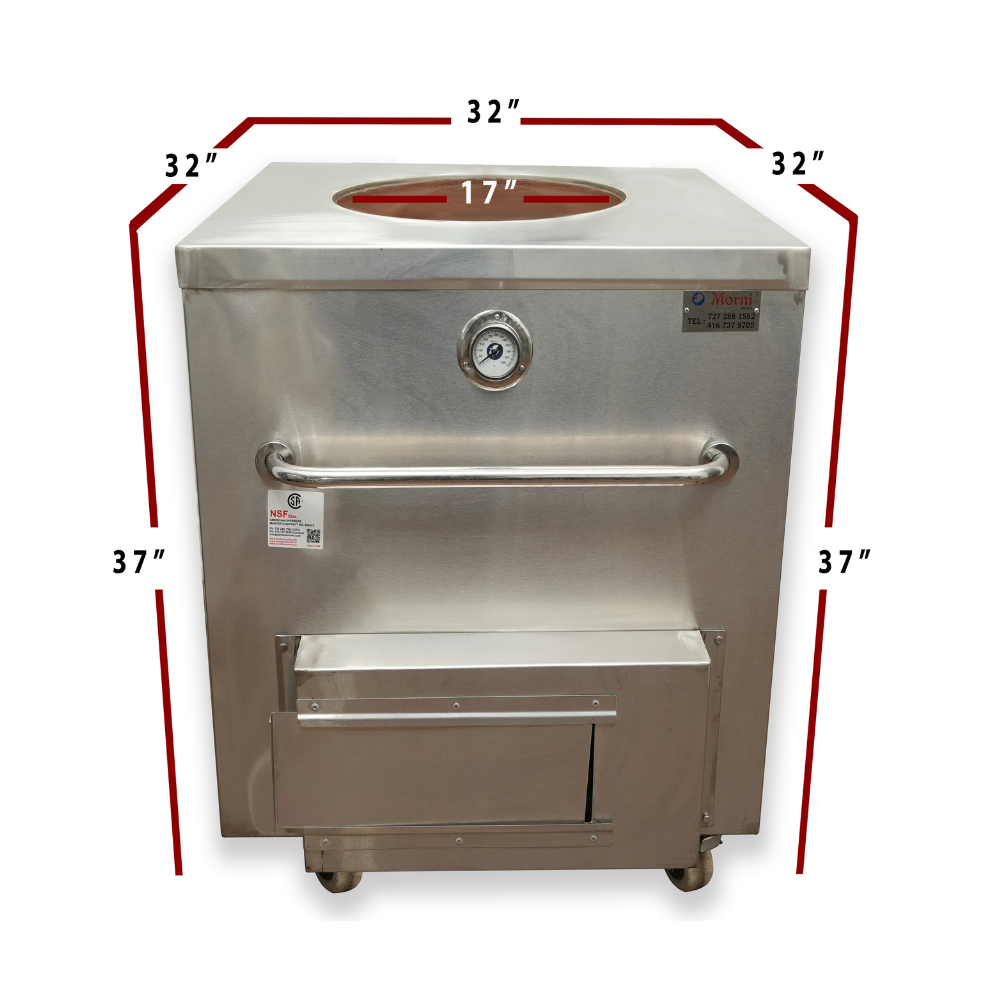
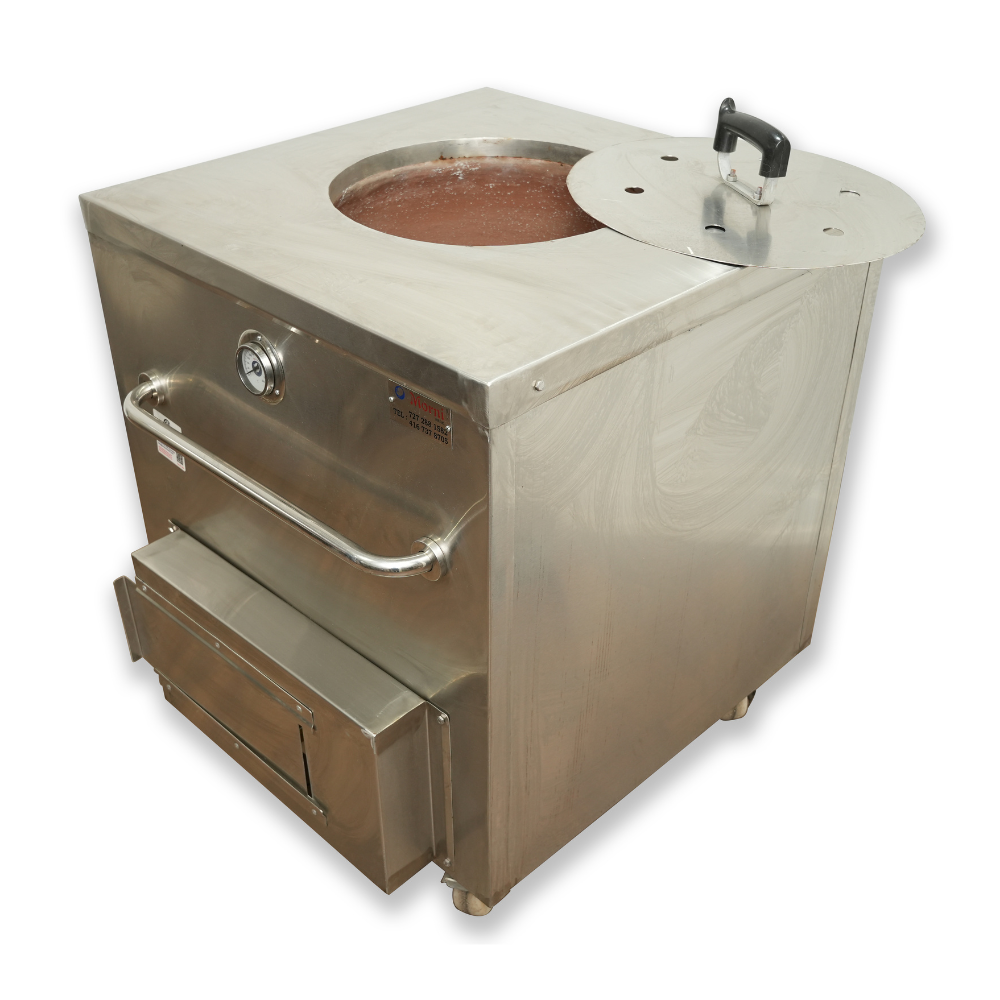
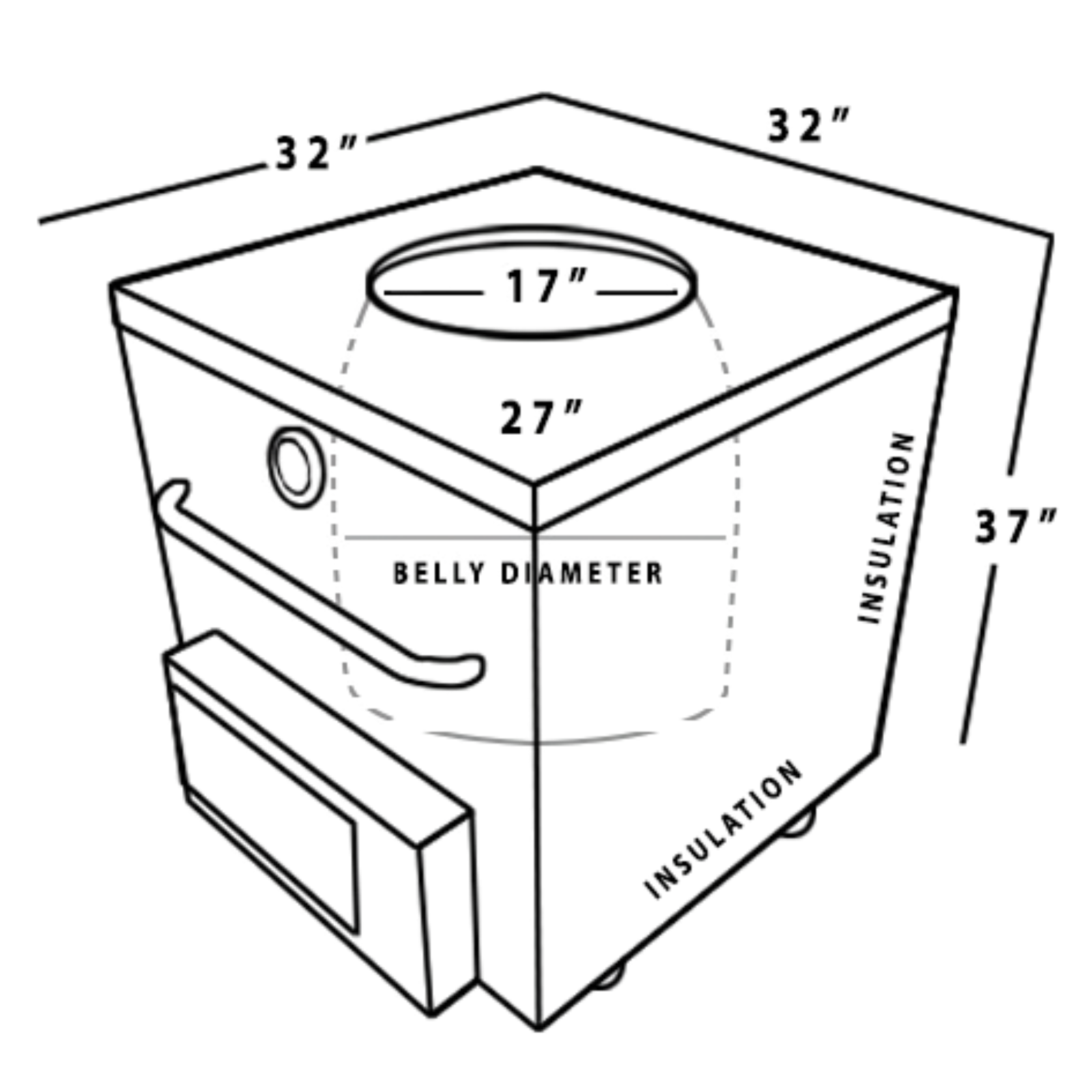
CH02 – 32″ x 32″ Restaurant Commercial Tandoor Oven
CSA Sanitation: NSF/ANSI 4 Std.| 27″ Belly | 17″ Mouth | 100,000 BTU
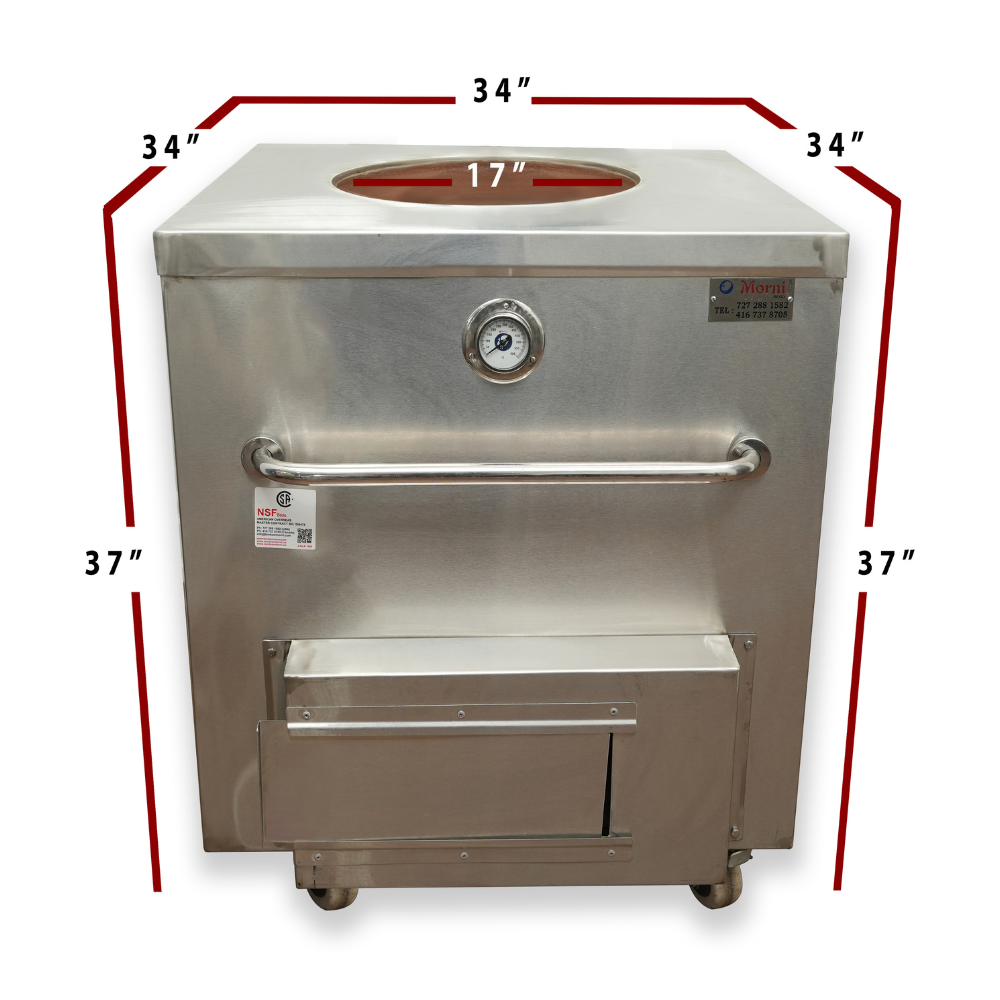
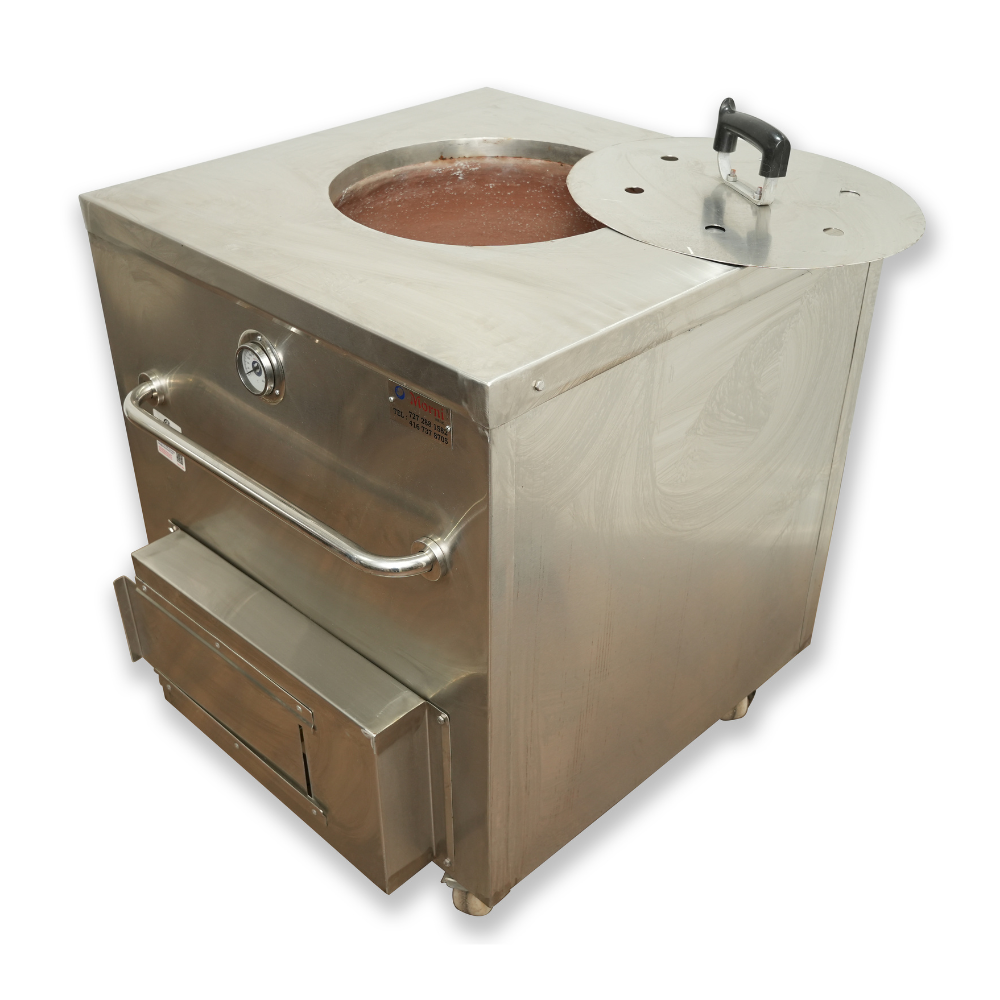
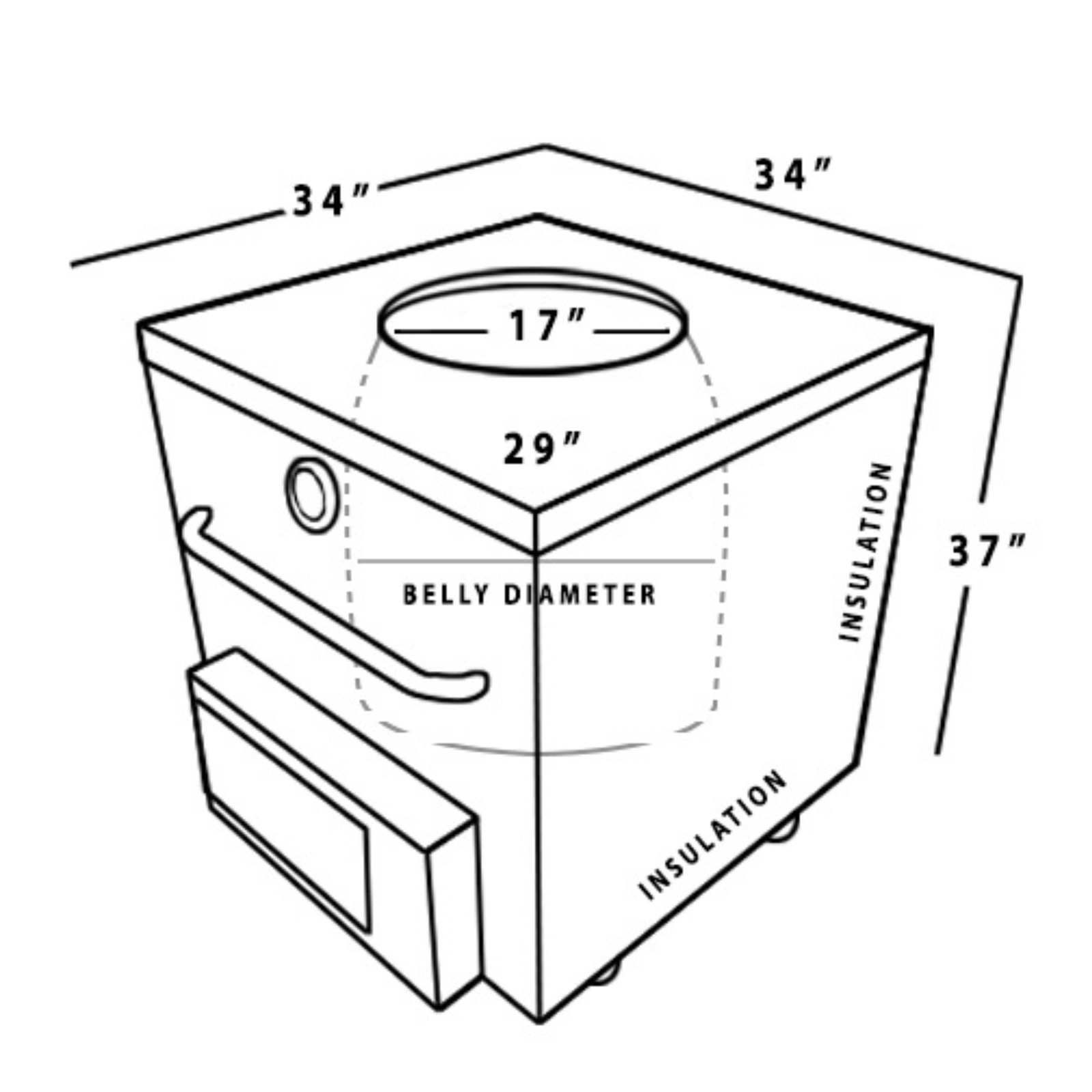
CH04 – 34″ x 34″ Commercial Tandoori Oven
CSA Sanitation: NSF/ANSI 4 Std. | 29″ Belly | 17″ Mouth | 100,000 BTU

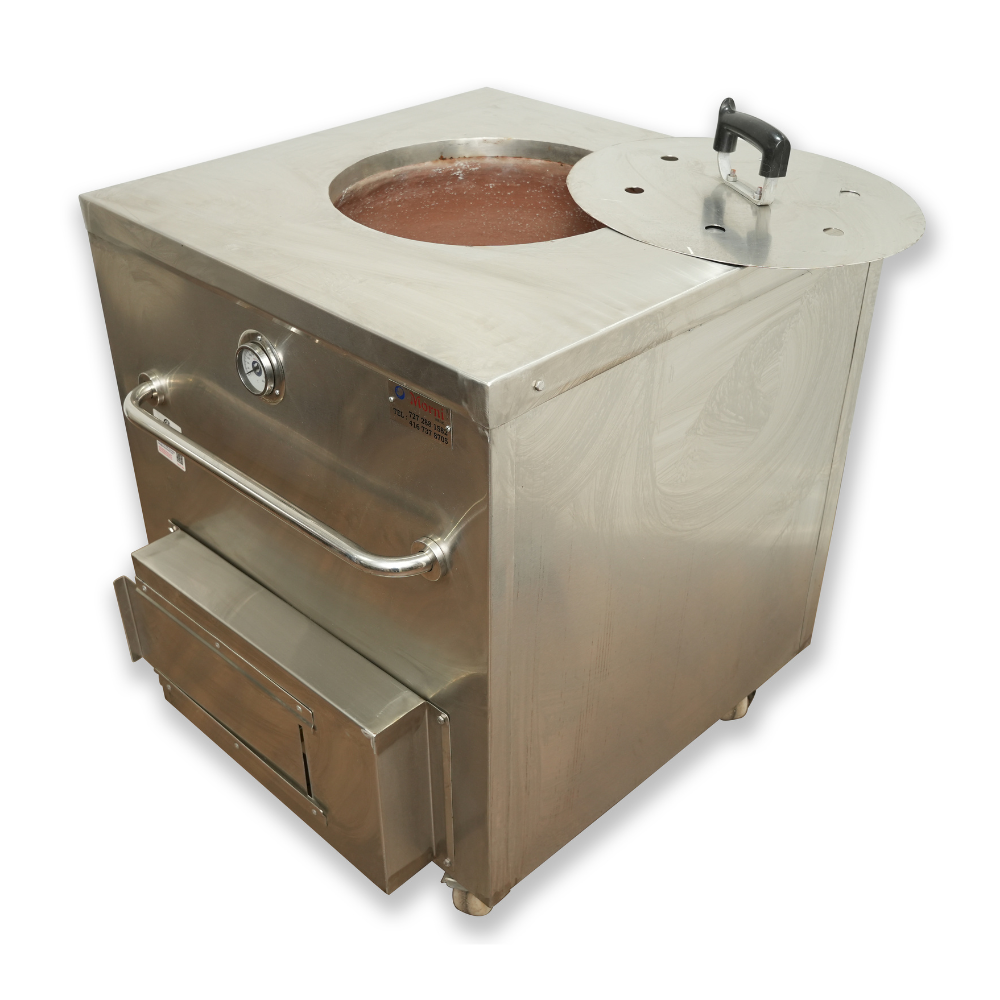
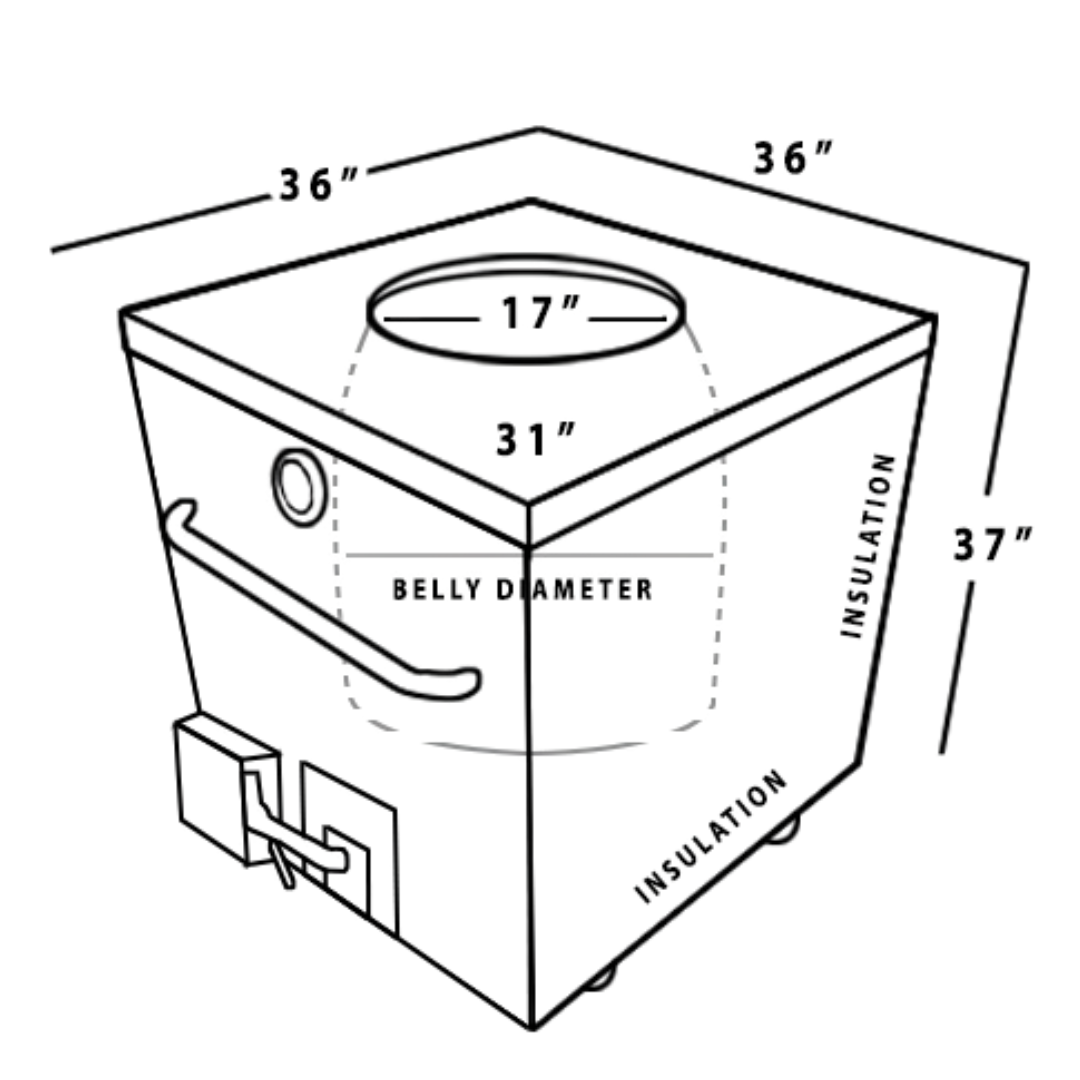
CH06 – 36″ x 36″ Restaurant Tandoor
CSA Sanitation: NSF/ANSI 4 Std. | 31″ Belly | 17″ Mouth | 100,000 BTU
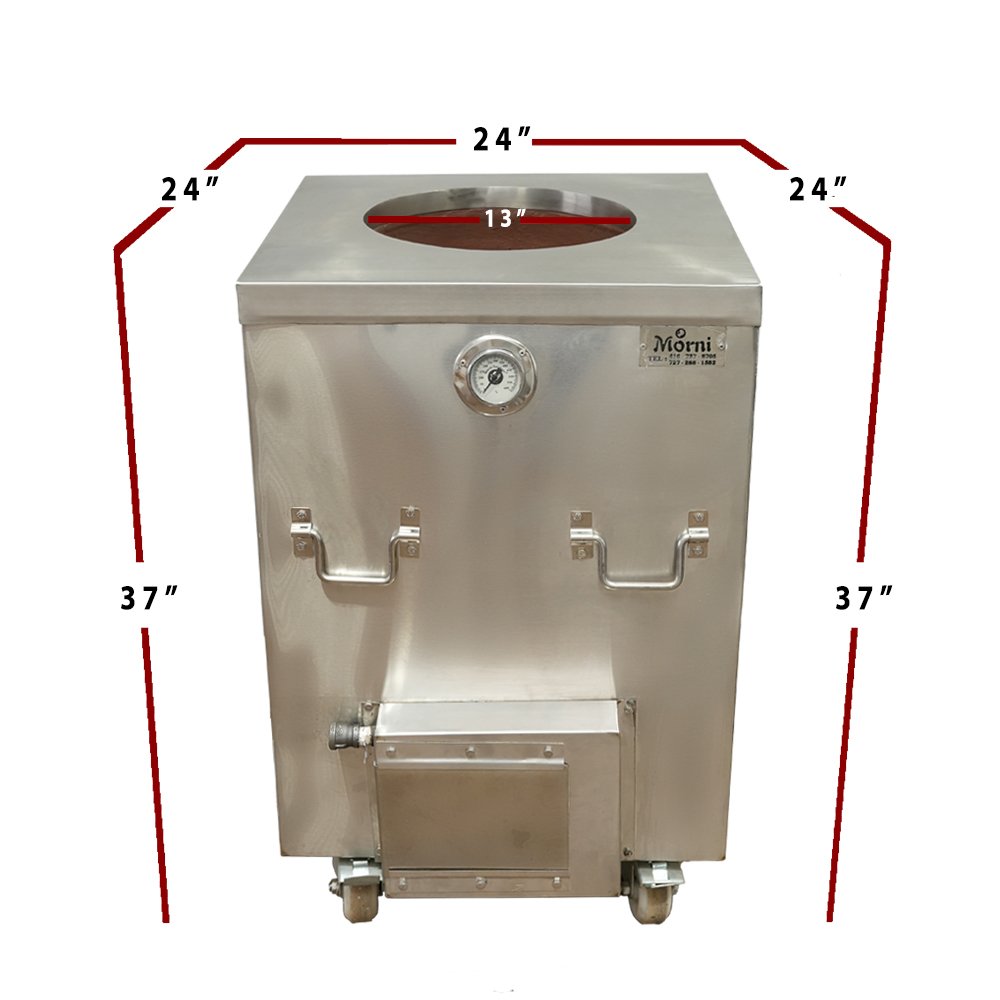
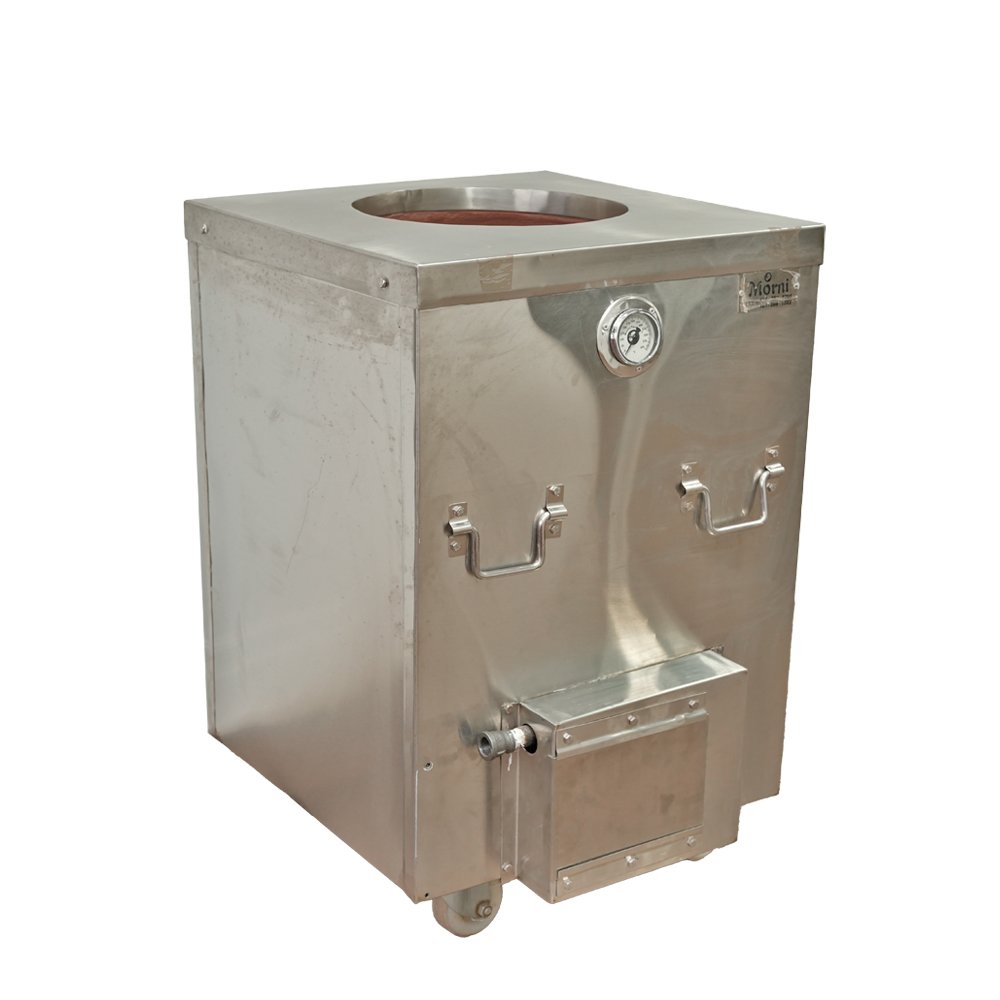
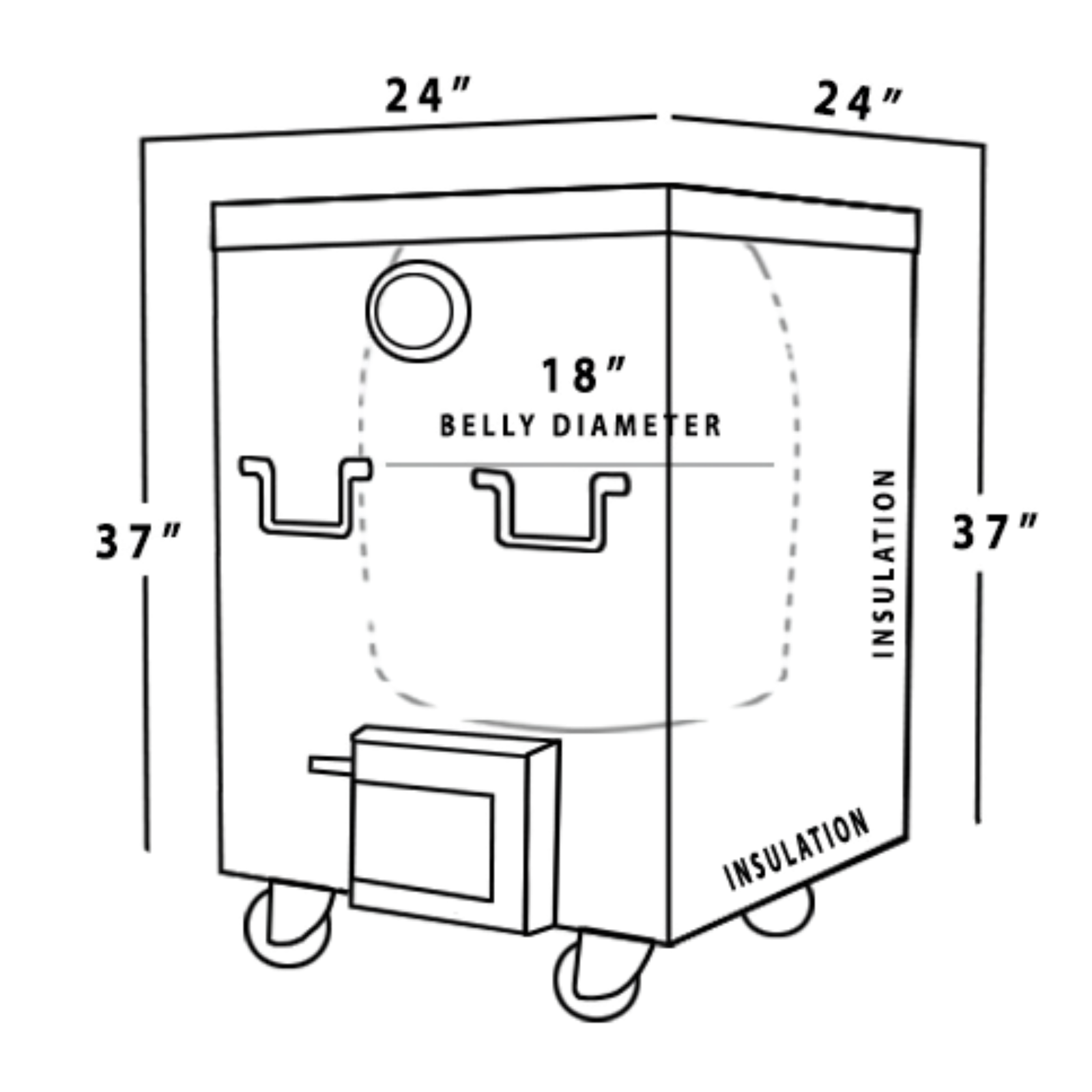
CS02 – 24″ x 24″ Food Truck Oven
CSA Sanitation: NSF/ANSI 4 Std. | 17" Mouth | 31" Belly | 100,000 BTU
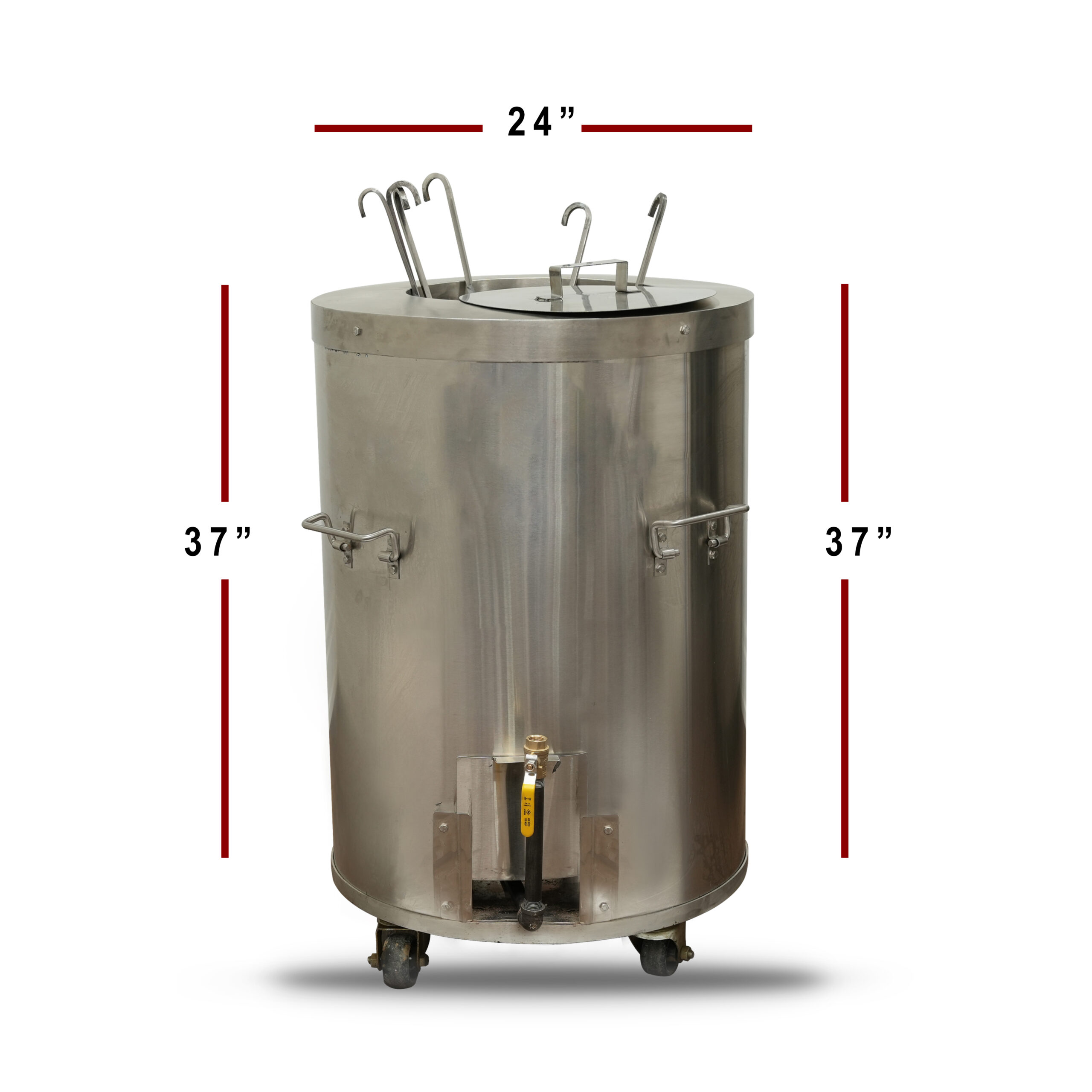
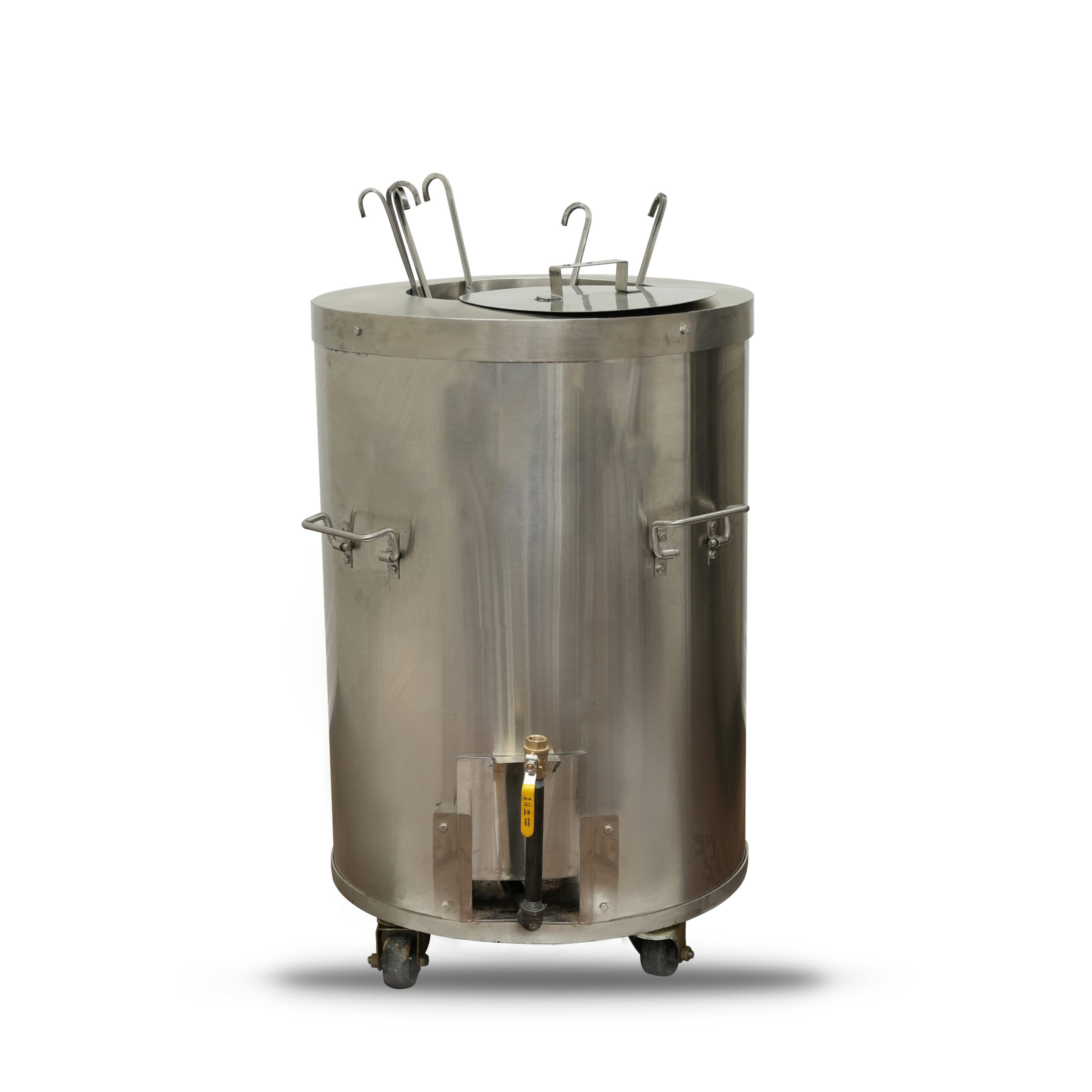
CS01 – 24″ x 24″ Round – Catering Clay Tandoor
CSA Sanitation: NSF/ANSI 4 Std. | 13″ Mouth | 18″ Belly | 100,000 BTU
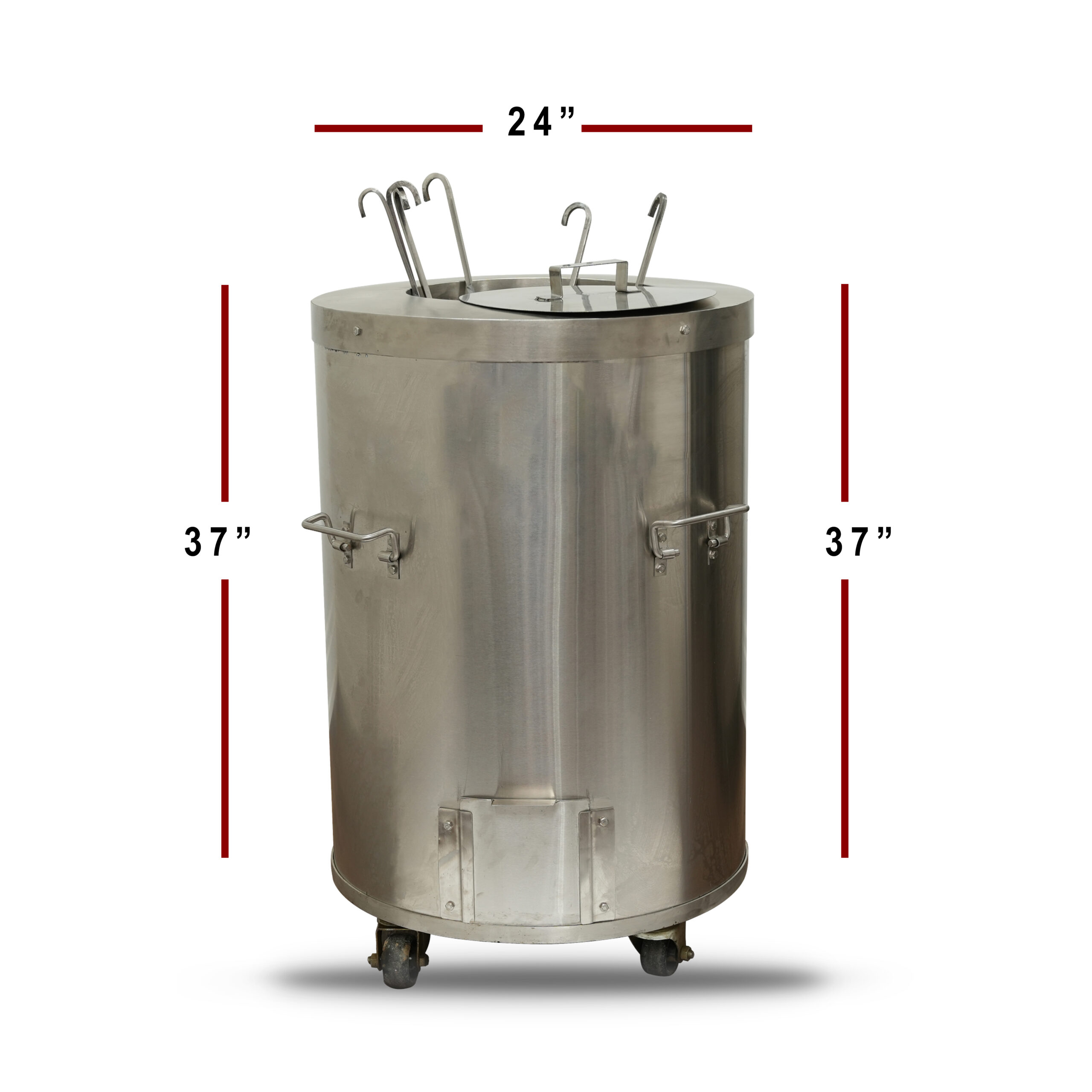

CS03 – 24″ x 24″ Round – Portable Tandoor Oven
CSA Sanitation: NSF/ANSI 4 Std. | 13″ Mouth | 18″ Belly | Charcoal or Wood
Tandoor Accessories
Customer Reviews
Trustindex verifies that the original source of the review is Google. Excellent Tandooria oven and great serviceTrustindex verifies that the original source of the review is Google. Excellent service, robust burner system in the tandoor!Trustindex verifies that the original source of the review is Google. Best tandoor oven in the market.Trustindex verifies that the original source of the review is Google. Best Home TandoorTrustindex verifies that the original source of the review is Google. tandoor oven and tandoori oven comes in different shape.Trustindex verifies that the original source of the review is Google. Punjabi tandoor is 32x32 Tandoor!
Frequently asked questions
What Distinguishes a Clay Tandoor From a Cement Tandoor?
The difference between a clay tandoor and a cement tandoor lies in the materials and cooking performance. Clay tandoors, made from natural clay, offer superior heat retention and even cooking, delivering the authentic, smoky flavors that are iconic in tandoori cooking. In contrast, cement tandoors, constructed from a cement mix, are more durable and weather-resistant, making them ideal for outdoor use. However, cement tandoors may not provide the same traditional flavor and heat distribution as clay tandoors.
How Do you Properly Cure a Tandoor and Prepare It for First-Time use?
To cure a tandoor for the first time, follow these steps: Coat the Interior: Apply a mixture of yogurt and water to the inner walls of the tandoor. This helps seal the clay and prevents cracking when exposed to high heat. Drying: Let the tandoor sit for 2-3 days to allow the coating to dry and set. Gradual Heating: Light a small fire with charcoal or wood at the base of the tandoor and gradually increase the heat over several hours. This process allows the clay to harden and strengthens the structure. Seasoning: Once the tandoor is hot, apply a light layer of oil or ghee to the interior walls. This helps to create a non-stick surface. Final Test: After the tandoor has cooled, it’s ready for use. Start with a small cooking test to ensure everything is functioning correctly.
How Frequently does a Tandoor Need Maintenance?
The frequency of tandoor maintenance depends on the type of tandoor and how often it’s used. For a clay tandoor, regular maintenance is recommended every 2 to 3 months, including cleaning and inspecting for cracks. Clay tandoors may also require more frequent repairs, as the material can degrade over time with high heat exposure.
A cement or stainless steel tandoor generally requires less frequent maintenance, typically every 6 months. This includes cleaning the interior and exterior, checking for rust (in stainless steel models), and ensuring that any insulation or lining is intact.
Proper maintenance can extend the lifespan of the tandoor and ensure optimal performance.
What Is The Typical Lifespan Of A Tandoor?
The lifespan of a tandoor depends on its material, maintenance, and usage. A clay tandoor typically lasts around 3 to 5 years with proper care, as the natural clay can wear down over time due to high heat exposure and moisture. On the other hand, a cement tandoor or stainless steel tandoor can last 10 to 15 years or longer, as these materials are more durable and resistant to weather conditions, especially if maintained regularly and protected from the elements. Regular cleaning and proper storage can significantly extend the lifespan of any tandoor.
Is it Safe to Leave a Tandoor Outside?
Yes, you can leave a tandoor outside, but it depends on the type of tandoor and the weather conditions. Cement and stainless steel tandoors are more durable and weather-resistant, making them suitable for outdoor use. However, it is recommended to cover or store the tandoor under a shelter to protect it from rain, snow, or extreme weather conditions, which can reduce its lifespan. Clay tandoors, in particular, are more susceptible to moisture and may crack if left exposed to harsh elements, so they should be stored indoors or covered when not in use.
Does A Charcoal Tandoor Produce Better Cooking Results And Flavor Than A Gas Tandoor?
A charcoal tandoor generally provides better cooking results and enhances the flavor compared to a gas tandoor. The natural smoky aroma from the burning charcoal infuses the food with a rich, authentic taste, which is often considered superior in traditional tandoori cooking. Additionally, charcoal tandoors allow for higher and more intense heat, resulting in faster cooking and better texture, especially for dishes like naan, kebabs, and tandoori chicken.
In contrast, a gas tandoor offers more convenience and control over the temperature but lacks the distinctive smokiness and depth of flavor that a charcoal tandoor provides.
CSA Sanitation Certified
Chefs from around the world, with years of experience in the restaurant industry, highly recommend our tandoor oven for sale. Whether you’re cooking succulent meats or baking fluffy naan, our Certified Tandoor ensures your commercial kitchen maintains the highest standards of safety and quality. Whether you’re looking for a clay oven for sale or a tandoori clay oven for sale, we have a wide selection designed to enhance the cooking process, blending traditional techniques with modern innovation.

CSA Sanitation Certified

Chefs from around the world, with years of experience in the restaurant industry, highly recommend our tandoor oven for sale. Whether you’re cooking succulent meats or baking fluffy naan, our Certified Tandoor ensures your commercial kitchen maintains the highest standards of safety and quality. Whether you’re looking for a clay oven for sale or a tandoori clay oven for sale, we have a wide selection designed to enhance the cooking process, blending traditional techniques with modern innovation.
CSA Certified
We prioritise both performance and safety. Our range of CSA Tandoors are fitted with essential safety features, including a pilot light, thermocouple, and safety valve, making them a reliable choice for any kitchen. For those searching for a tandoor for sale near me or wanting to buy tandoor equipment, we provide comprehensive shipping options across the USA, ensuring you receive your tandoor oven for sale near me with ease and efficiency.

CSA Certified

We prioritise both performance and safety. Our range of CSA/ETL-certified Gas Tandoors are fitted with essential safety features, including a pilot light, thermocouple, and safety valve, making them a reliable choice for any kitchen. For those searching for a tandoor for sale near me or wanting to buy tandoor equipment, we provide comprehensive shipping options across the USA, ensuring you receive your tandoor oven for sale near me with ease and efficiency.
Our Valued Clients





Get in Touch
Have any questions or inquiries? Reach out to us, and we’ll respond shortly.


